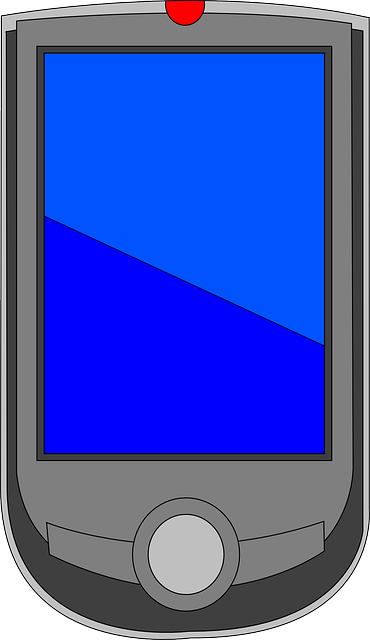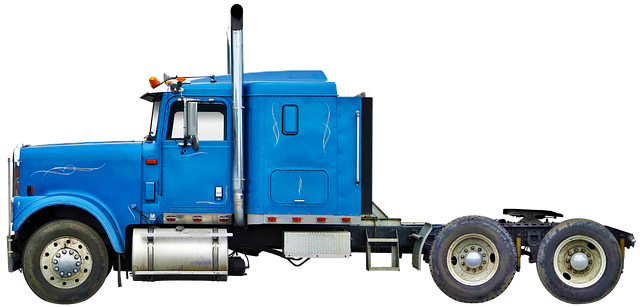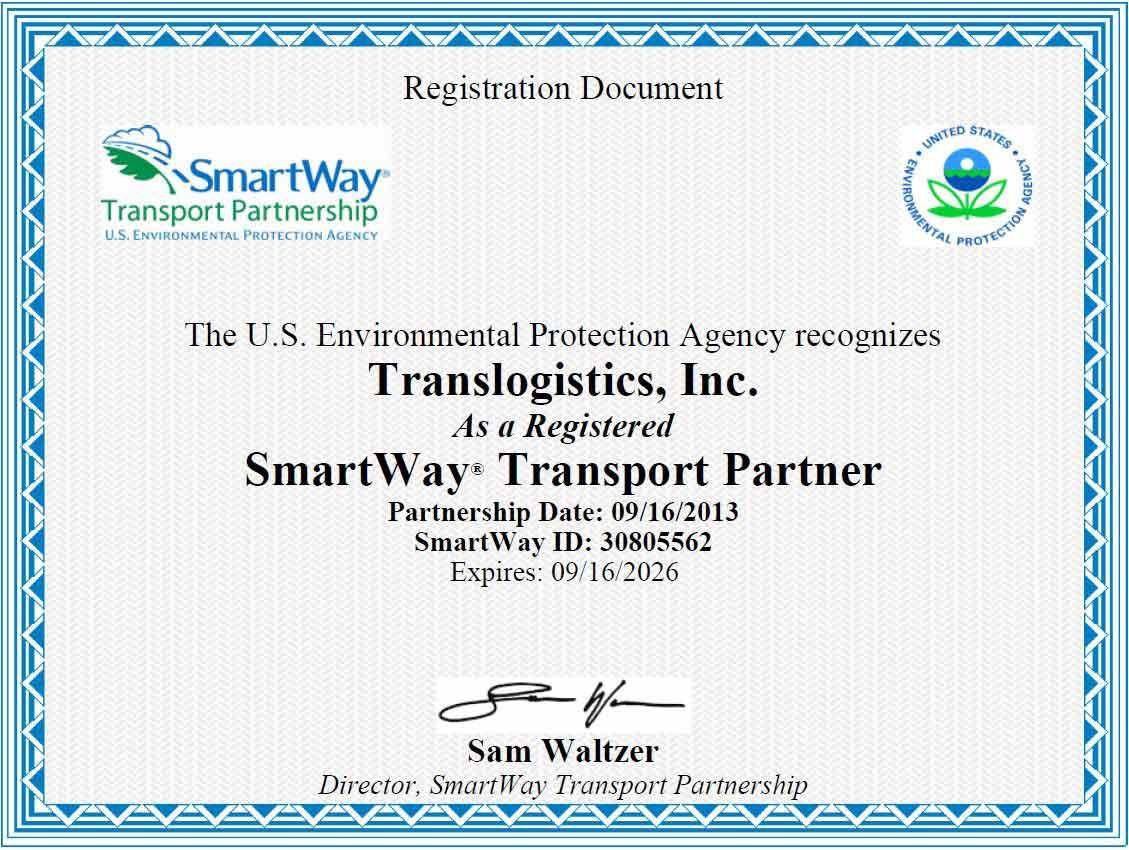Essential HOS and ELD Regulations Every Truck Driver Must Know
Truck Driver Regulations
The Department of Transportation (DOT) Hours of Service (HOS) regulations, governed by the Federal Motor Carrier Safety Administration (FMCSA), set the rules for how long commercial truck drivers can be on duty, how much they can drive, and when they must take mandatory rest breaks.
The HOS and ELD regulations are designed to ensure the safety of truck drivers and others on the road by preventing driver fatigue and promoting responsible time management. By understanding the limits on driving hours, mandatory breaks, and the use of electronic logging devices, drivers can remain compliant with FMCSA rules, reduce the risk of accidents, and enhance their overall work efficiency.

Please be advised this essay is for informational purposes only, and is not legal advice.
HOS and ELD Regulations for Truck Drivers
The Hours of Service (HOS) regulations and Electronic Logging Device (ELD) requirements are crucial for maintaining safety on the roads and ensuring compliance in the trucking industry. These rules are enforced by the Federal Motor Carrier Safety Administration (FMCSA) and are designed to prevent driver fatigue, a leading cause of accidents. By regulating the number of hours drivers can work and mandating breaks, the HOS rules play an essential role in protecting both truck drivers and other road users.
In conjunction with HOS, the use of ELDs provides an electronic method for tracking driver compliance. These devices automatically record driving hours and other important data, replacing traditional paper logs. Understanding these motor carrier regulations is key to ensuring that truck drivers operate within legal limits and avoid penalties.

Electronic Logging Device (ELD) Requirement
The Electronic Logging Device (ELD) requirement is a crucial part of FMCSA’s regulatory framework. ELDs automatically record a driver’s driving time, location, engine status, and other important data. These devices ensure accurate tracking of duty hours, replacing the older paper logs that were more prone to errors and manipulation.
Purpose
ELDs are required to ensure that drivers are accurately tracking their driving time and complying with HOS regulations. These devices automatically record driving time and other data such as engine hours, vehicle movement, and location.
Compliance
ELDs simplify compliance with HOS regulations by automatically tracking and reporting driving hours. This reduces the risk of human error and logbook tampering.
Efficiency
ELDs also improve administration efficiency, providing fleet managers with data on driver status, helping plan routes and rest breaks more effectively. The larger the fleet size, the greater the potentiality for efficiency gains.
ELD Exceptions: While most drivers are required to use an ELD, there are some exceptions:
- Drivers operating vehicles manufactured before 2000.
- Drivers using short-haul exemptions (e.g., those operating within a 150 air-mile radius and returning to the same location within 14 hours).
- Drivers operating under the 8-day exception, which allows those who use paper records for no more than 8 days in a 30-day period.
- Certain driveaway-towaway operations, where the vehicle being driven is the commodity being delivered.

Hours of Service (HOS) Regulations
The Hours of Service (HOS) regulations for property-carrying drivers, as outlined by the Federal Motor Carrier Safety Administration (FMCSA), set limits on when and how long drivers can operate their vehicles to ensure road safety and reduce driver fatigue. The 11-hour driving limit is one of the core components of the HOS regulations. After a truck driver has taken 10 consecutive off-duty hours, they are permitted to drive for a maximum of 11 hours. This limit ensures that drivers get sufficient rest before they continue driving, reducing the risk of fatigue-related accidents.
Here's how each of the key trucking regulations works:
1. 11-Hour Driving Limit:
- Rule: A driver may drive for a maximum of 11 hours after taking 10 consecutive off-duty hours.
- Explanation: This limit ensures drivers rest adequately before resuming driving. The 11-hour driving limit means they cannot drive more than 11 hours without taking another 10-hour break.
2. 14-Hour Limit:
- Rule: A driver may not drive beyond the 14th consecutive hour after coming on duty, even if they haven’t driven for all 14 hours. This period begins after the driver has had 10 consecutive off-duty hours. Off-duty time, such as breaks, does not extend the 14-hour window.
- Explanation: The 14-hour window is meant to limit the total time a driver is on duty in a day, regardless of whether they are driving or doing non-driving work (such as loading or waiting). Once a driver is on duty, the clock starts and runs continuously for 14 hours, after which they cannot drive until after another 10-hour off-duty period.
3. 30-Minute Driving Break:
- Rule: Drivers must take a 30-minute break after 8 cumulative hours of driving without a break. The break can be any non-driving period of 30 consecutive minutes, whether it's off-duty, on-duty not driving, or time spent in the sleeper berth.
- Explanation: The break ensures that drivers take time to rest and avoid driving for long periods without stopping. This is to prevent fatigue-related accidents. The 30-minute break must be taken before driving beyond the 8-hour mark.
4. 60/70-Hour Limit:
- Rule: A driver may not drive after accumulating 60 hours on duty in 7 consecutive days or 70 hours on duty in 8 consecutive days. A driver may restart a 7/8 consecutive day period after taking 34 or more consecutive hours off duty.
- Explanation: This rule limits the total time a driver can be on duty (driving or otherwise) in a given period. If the driver hits the 60-hour or 70-hour limit (depending on the company's schedule), they must take time off before driving again. The driver can reset their weekly on-duty time by taking 34 consecutive hours off-duty, known as the 34-hour restart.
5. Sleeper Berth Provision:
- Rule: Drivers can split their required 10 hours of off-duty time into two periods as long as:
- One period is at least 7 consecutive hours in the sleeper berth, and
- The other period is at least 2 hours either off-duty or in the sleeper berth.
- Both periods must add up to at least 10 hours, and neither period counts against the 14-hour driving window.
- Explanation: This provision gives drivers flexibility in how they manage their rest time, allowing them to split their sleep and off-duty time without resetting the 14-hour on-duty clock. It helps drivers adapt to long trips and their personal rest needs.
6. Adverse Driving Conditions:
- Rule: Drivers may extend their 11-hour driving limit and 14-hour driving window by up to 2 hours if they encounter adverse driving conditions such as bad weather, traffic accidents, or unexpected road closures.
- Explanation: This rule allows flexibility in cases where unpredictable conditions make it difficult to stop safely or complete a trip on time. However, it is meant for genuinely unforeseen conditions, not normal delays like traffic congestion.
7. Short-Haul Exception:
- Rule: Drivers who operate within a 150 air-mile radius of their work reporting location and return to that location within 14 consecutive hours are exempt from the logbook requirements (§395.8 and §395.11). Instead, they can use a simpler time record-keeping system.
- Explanation: Short-haul drivers often make local trips and don’t face the same fatigue risks as long-haul drivers. This exception simplifies the tracking requirements for these drivers. However, they must still comply with the 14-hour limit and stay within the 150 air-mile radius (about 172 statute miles) from their base.
These FMCSA regulations are designed to ensure that drivers are adequately rested and to limit excessive driving and on-duty hours, thus reducing the risk of accidents caused by fatigue. The flexibility provisions, such as the sleeper berth and adverse driving conditions rules, allow drivers to handle real-world challenges while remaining compliant.

In conclusion, HOS and ELD regulations are in place to keep drivers and everyone on the road safe by preventing fatigue and encouraging responsible time management. These rules help ensure drivers take necessary breaks and rest periods to avoid accidents caused by exhaustion.
By understanding and following the limits on driving hours, mandatory breaks, and how to use electronic logging devices, drivers can stay compliant with FMCSA rules. This not only helps reduce the risk of accidents but also improves overall efficiency in their work.
TLI Insights
Get the latest logistics insights and tips from TLI's award-winning team. Stay ahead in transportation planning.
Questions? Email us at marketing@shiptli.com



